USING THE LIVING ARCHIVE OF ABORIGINAL LANGUAGES FOR TEACHING AND LEARNING |
|
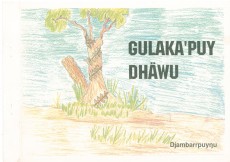 |
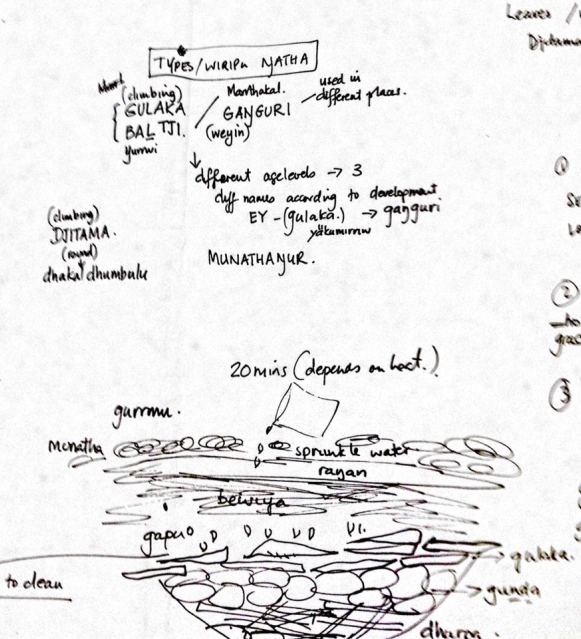 |
Range of material
- Teaching materials, literacy primers
- Children’s stories – traditional and modern
- Transcribed recordings of old people telling stories
- Stories of local cultural significance
- Dreaming, histories, natural science, instructional, ethno-botany, cautionary tales
- Translations/adaptations from English or other Indigenous languages
Cross-curricular Priority
- Opportunities for professional development
- Collaboration with knowledge authorities
- Access to resources to support curriculum
Cross-curricular priorities information sheet
A Yolŋu perspective on teaching and learning
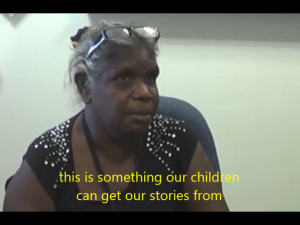
Elizabeth Milmilany is a Yolŋu elder from Yurrwi (Milingimbi), an island 450 km NE of Darwin. She was the Teacher Linguist at Milingimbi Community Education Centre for many years before retiring in 2015.
Using stories about Gulaka (yams) she will show the depth and breadth of knowledge skills and understanding yolŋu children need to learn about this Diḻtji Ŋatha (Bush Food).
The texts are in Djambarrpuyŋu and English.
Click on the link below
GULAKA
More teaching and learning ideas
Content
- History – eg ‘war’ or ‘conflict’, stories about massacres, war stories
- Contact – Macassans, whitefellas
- Science – botanical knowledge
- Bush medicine, food from the bushand from the water, seasons, environment
- Sensitivity to cultural knowledge and practice
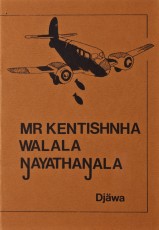 |
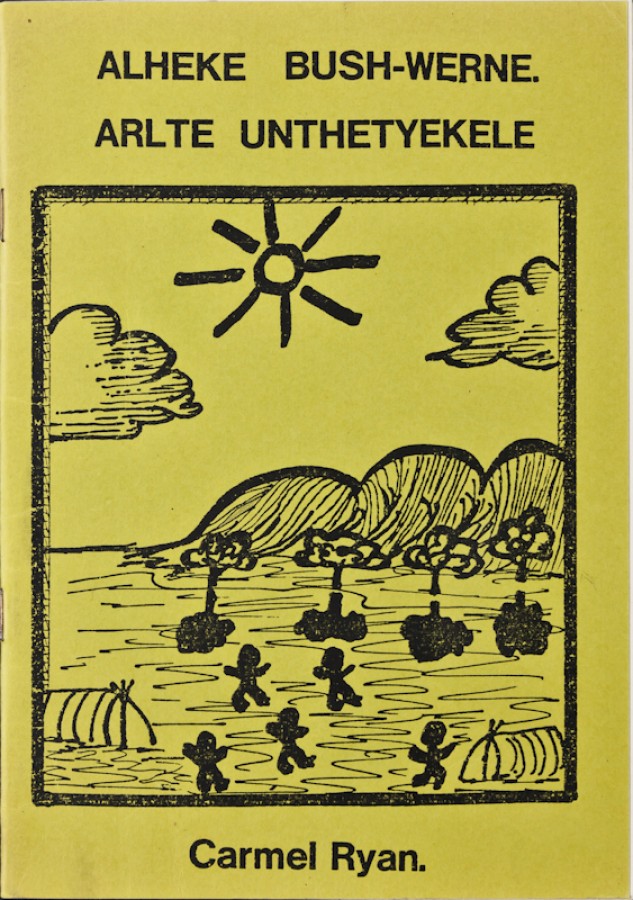 |
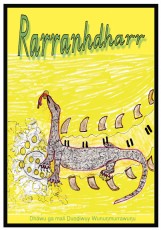 |
Learning Together
Team teaching is where teachers and co-workers
- plan together
- learn together
- teach together
- assess and evaluate together.
This approach to teaching is the foundation of all bilingual schools in the NT. However it can be applied to any teaching and learning context.
Teams can be any group of 2 or more people (from the school and community) working together in the classroom teaching, working on curriculum, planning, learning new concepts, cultural and linguistic knowledge, etc.
The learning together could include learning about
- the stories
- the language used
- cultural knowledge
- how the stories might used in the classroom, or other situation such as the women’s centre, childcare centre or rangers
- what language learning can planned for and assessed.
The team teachers can then develop their own individual programs using the story or choosing another that is appropriate for the learning context.
Learning together gives everyone the opportunity to learn something new and then to apply the new learning in an education context.
Acting/Filming the story
- consult with the author or authority for the story chosen to discuss your ideas about a play (acting out, filming)
- write a script /storyboard/music
- rehearse/film /reflect
- show draft performance to author
- perform/film
- upload to LAAL website
- Curriculum areas –
- Drama (Performing Arts)
- Media (ICT)
- Humanities
- Aboriginal and Torres Strait Islander histories and cultures as cross-curriculum priority
- Language Contexts – first language, revitalisation and renewal language learning, languages other than English, English, English as an Additional language or Dialect
- oral language, written language, reading, group work, discussion, language and cultural studies
Create new illustrations
- consult with the author or authority for the story chosen to discuss your ideas
- read the story several times and develop understanding of the text and the illustrations.
- discuss new illustrations and the medium to use
- show new illustrations to author
- create new book with new illustrations and text , use to to create an e-book
- upload to LAAL website
- Curriculum Areas
- Visual Arts
- Multimedia
- Aboriginal and Torres Strait Islander histories and cultures as cross-curriculum priority
- Language Contexts – first language, revitalisation and renewal language learning, languages other than English, English, English as an Additional language or Dialect
- oral language, written language, reading, group work, discussion, language and cultural studies
Rewrite the story/text
An example of this is the new version of the book Rarrandharr. It is about one of the seasons of the Yolngu seasonal calendar and the original was written at Milingimbi co-authored by Munymuny (Lawuk) Ganambarr and Stephen Davis.
- work with the author or authority to see if it is possible to create a new version of the text
- read the original text and developing understanding and meaning about the story/text.
- why do we want to rewrite the story? what can be changed or added to or modified?
- discuss with author or authority
- upload to LAAL website
- Curriculum Areas (suggested)
- History
- Science
- Mathematics
- Health
- Aboriginal and Torres Strait Islander histories and cultures as cross-curriculum priority
- Language Contexts – first language, revitalisation and renewal language learning, languages other than English, English, English as an Additional language or Dialect
- oral language, written language, reading, group work, discussion, language and cultural studies
What do you think? 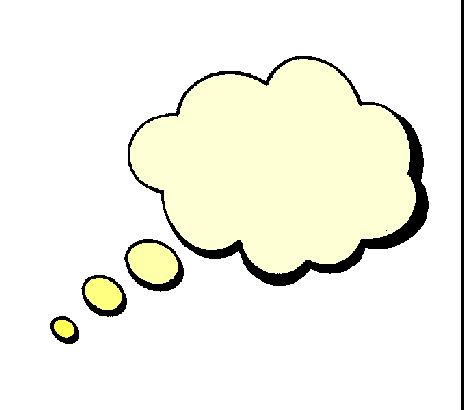
Brainstorm some ideas on how you might use some of the texts from the LAAL website in your teaching and learning context , for research, to share a story with someone or to discuss other relevant topics.
How might the examples on this page challenge or enhance or change your teaching and learning context?